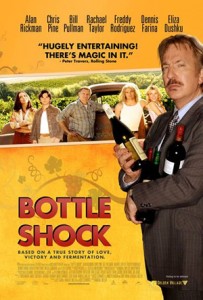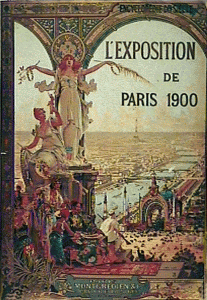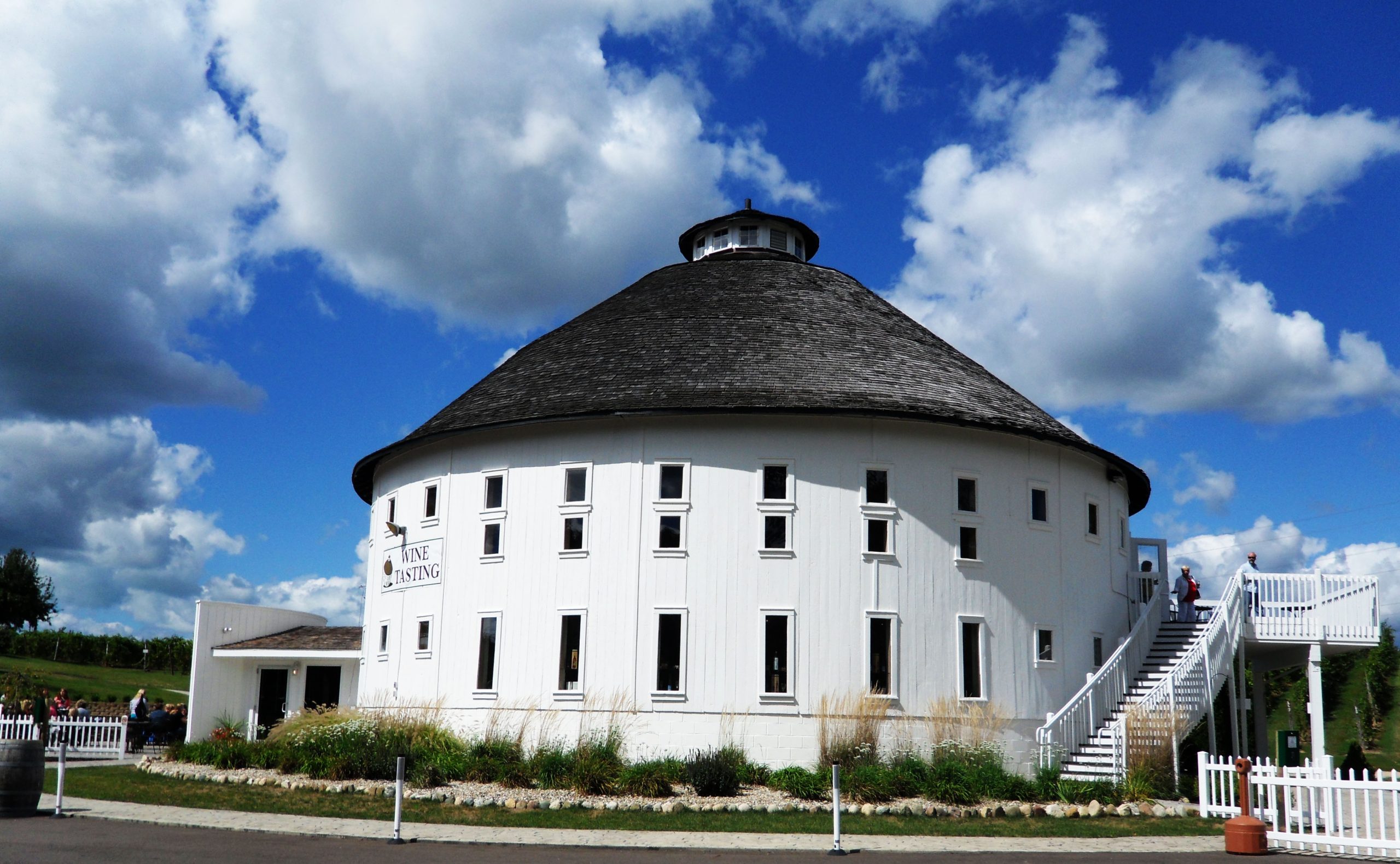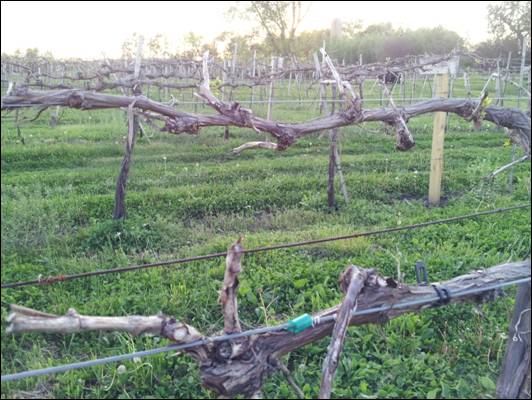The First “Bottle Shock” Was in the Midwest
Many of us are familiar with the prestigious wine judging that took place in Paris in 1976 in honor of the American Bi-Centennial. The event was commemorated, or should we say celebrated by the Americans at least, in the movie ‘Bottle Shock.”
Designed to be a competition between several well-regarded American wines vs. a selection of some of France’s most famed wines it took on international visibility. It was to be judged by a panel of France’s most prestigious wine judges, apparently to re-illustrate that French wines remained in a class by themselves.
It was a sweet moment therefore when this very panel rated several American wines superior to their own. Sweetest of all was when one of the judges took a glass for judging and before the press and all the world sipped it and declared ‘Ahhh, back to France.” As soon as the judging was complete the press uncovered the wines and found this wine was not one of France’s storied white blends, but was a 100% Chardonnay from the Napa Valley.
Such a result stunned the world to say nothing of the French wine industry. It demonstrated irrefutably that California wine had come of age. Since that time the Napa Valley was given a status they never had before and the prestige previously reserved only for famed wines of Bordeaux and a few other regions was showered upon them as well. As a result California broke out of the perception that they were capable of producing only mediocre bulk wines and the fame of Napa and the California wine industry in general, which we all take for granted today, was born.
However, what is not so well known is that this is a repeat of history, for in 1900 in Paris at the ‘International Exposition” there, Americans had entered numerous wines in the competition organized as part of the event. There in the shadow of the Eifel Tower was perhaps the most prestigious competition of its kind up to that time. When it was over, American wines, including many Labrusca wines, had taken 30 gold medals, again before the assembled international press and the world.
If we think the Bi-Centennial judging of 1976 had a huge impact, the one of 1900 had no less. Suddenly, not only were American wines famous all across Europe and the world but our own Labrusca wines had been judged, by a panel of extremely prestigious French wine judges, to be of the very highest quality. Demand for these wines grew exponentially. The railroad coming from the Finger Lakes came to be known as ‘The Champagne Line” as the sparkling Labrusca wines from the region became so popular in Paris and all across Europe that the wines exported from the region quickly grew from a trickle into a torrent. Train cars packed with American sparkling labrusca wines were leaving the area by the literal trainload and in their wake a new industry was being born.
American Labrusca wines became enormously popular with the French people and plantings of these grapes swept across, not only France but many European countries. Plantings and the tradition of enjoying such wines remains, in some places, to the present time.
Everyone was happy! The American wine industry was selling wine and finally getting the respect they believed they deserved all along. The European people were finding a new kind of wine they began to love and new plantings of grapes were being established far and wide, creating a vigorous new industry.
Everyone was happy except the vested interests that were selling traditional wines -usually at enormously inflated prices- all across the world. Quickly, powerful growers realized that while they could sell Cabernet Sauvignon blends grown at their storied chateaus for hundreds and even thousands of dollars a bottle, they could not do the same with Concord wines. Their ballooning popularity was a financial threat that needed to be overcome. Europe had only just weathered the phylloxera plague and now a second invasion from America was threatening their proud industry once again.
No wonder the wine establishment said they, ‘Hated, just hated Labrusca wines.” It became a catch-phrase, one we continue to hear from wine importers, restauranteurs and ‘experts” to the present time. It’s no wonder they hated these wines. Native American wines were threatening the very foundations of the established wine industry. They repeated this opinion so often people began to believe there was something inherently wrong with Labrusca wines.
In the words of Vladimir Lenin, the great theorist of communist doctrine, ‘A lie, told often enough, becomes the truth.” Whether knowingly or not, traditional wine interests with money to lose, have used this technique successfully as well. They have told and retold everyone to dislike Labrusca wines and now it has become the truth.
Although repeating something often enough may change people’s perceptions, it does not change a lie into truth or truth into a lie. It changes only perception. While vested interests have successfully demonized Labrusca wines they have not changed their rich grape flavor, their wonderful flowery aroma, their natural customer appeal.
Concord-style or vitis Labrusca wines are not by nature ‘bad.” Some are in fact very good. In blind tastings they have won many awards at leading wine competitions. Labrusca wines are also extremely popular with the public.
Those who ‘know wine” need to set aside all prejudices. Experienced, analytical wine drinkers, eventually come to the realization that wines are all equal if they are of high quality and taste good.
John is a regular columnist in Midwest Wine Press and a vineyard and winery owner in Lake City, Minnesota. See Great River Vineyard and Nursery for more information.
Cover photo from SchillingBridge Winery & Microbrewery in Nebraska. Schilling Bridge’s Edelweiss wines, which have Labrusca parentage, have won the following awards:
’08 Edelweiss
~ 2009 – GOLD, Los Angeles International Wine & Spirits Competition
~ 2009 – SILVER, Indy International Wine Competition
~ 2009 – GOLD, The Dallas Morning News Wine Competition
~ 2009 – SILVER, National Women’s Wine Competition
~ 2009 – BRONZE, Florida State Fair International Wine & Grape Juice Competition
~ 2009 – GOLD, Grand Harvest Awards
~ 2009 – SILVER, Finger Lakes International Wine Competition
~ 2009 – SILVER, Mid-American Wine Competition
‘06 Edelweiss
~ 2007 – DOUBLE GOLD BEST OF SHOW, White Wine
~ Florida State Fair International Wine & Grape Juice Competition
~ 2007 – GOLD, Grand Harvest Awards
~ 2007 – SILVER, Finger Lakes International Wine Competition
‘05 Edelweiss
~ 2006 – SILVER, Jerry D. Mead New World International Wine Competition
~ 2006 – BRONZE, Florida State Fair International Wine & Grape Competition
~ 2006 – BRONZE, Finger Lakes International Wine Competition
~ 2006 – BRONZE, The Dallas Morning News Wine Competition






Very interesting article! Those Nebraskans sure know how to grow & vinify Edelweiss…..in the recent Finger Lakes International competition, Glacial Till Winery(Nebraska) won a Double Gold for its 2013 Edelweiss. Elmer sure left us with a gem, in that variety he created.